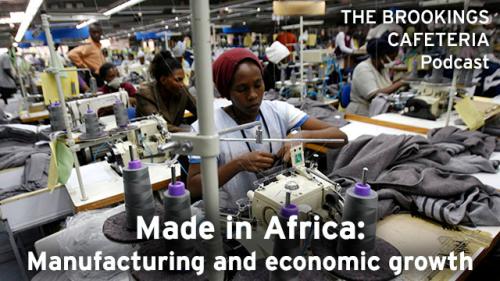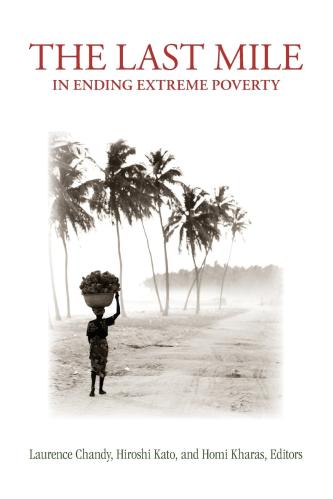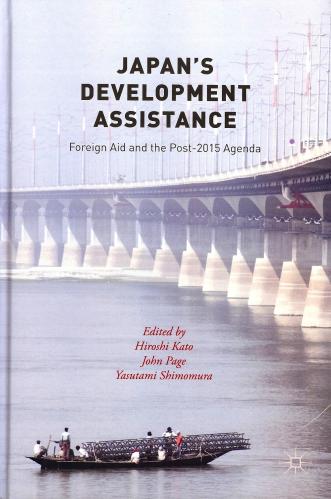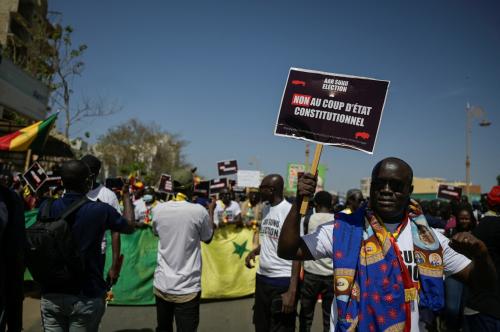The number of people worldwide living in extreme poverty—defined as living on $1.25 a day or less—was cut in half between 1990 and 2010. Yet more than one billion people still subsist at this level, and about three billion live at under $2.50 a day. Laurence Chandy, a fellow in the Global Economy and Development Program at Brookings, discusses the possibility that by 2030 the world might eradicate the most extreme poverty. He explains how we measure the problem, what the private sector and aid agencies can do about it, whether or not current targeting approaches are effective, and talks about the poverty problem in the United States.
Chandy, who is a scholar in the Development Assistance and Governance Initiative at Brookings, says that while a lot of progress has been made over the last decade in reducing poverty, continued progress is:
going to require new approaches and new efforts to get us closer to that zero mark. That would include bringing to an end some of the persistent conflicts in low-income countries; bringing marginalized communities into the orbit of their economies; better targeting of the extreme poor. These are all things we haven’t done very well in the past and we’re going to have to do to get anywhere close to that goal of zero.
SUBSCRIBE TO THE PODCAST ON ITUNES »
Show notes:
• The Final Countdown: Prospects for Ending Extreme Poverty by 2030 (Chandy)
• Getting to Scale: How to Bring Development Solutions to Millions of Poor People (Chandy and others, eds.)
• A World Free of Extreme Poverty – But by Which Path? (Chandy)
• Is labor income responsible for poverty reduction? a decomposition approach (World Bank)
• High Level Panel on the post-2015 Development Agenda
• Millennium Development Goal: Eradicate Extreme Poverty and Hunger by 2015
• Rapid decline in India’s poverty numbers
• Givedirectly.org
• Extreme Poverty in the United States, 1996 to 2011 (Luke Shaefer and Kathryn Edin)
Get more Brookings research and commentary on this topic from the Development Assistance and Governance Initiative.










Commentary
PodcastEnding Extreme Global Poverty
November 8, 2013